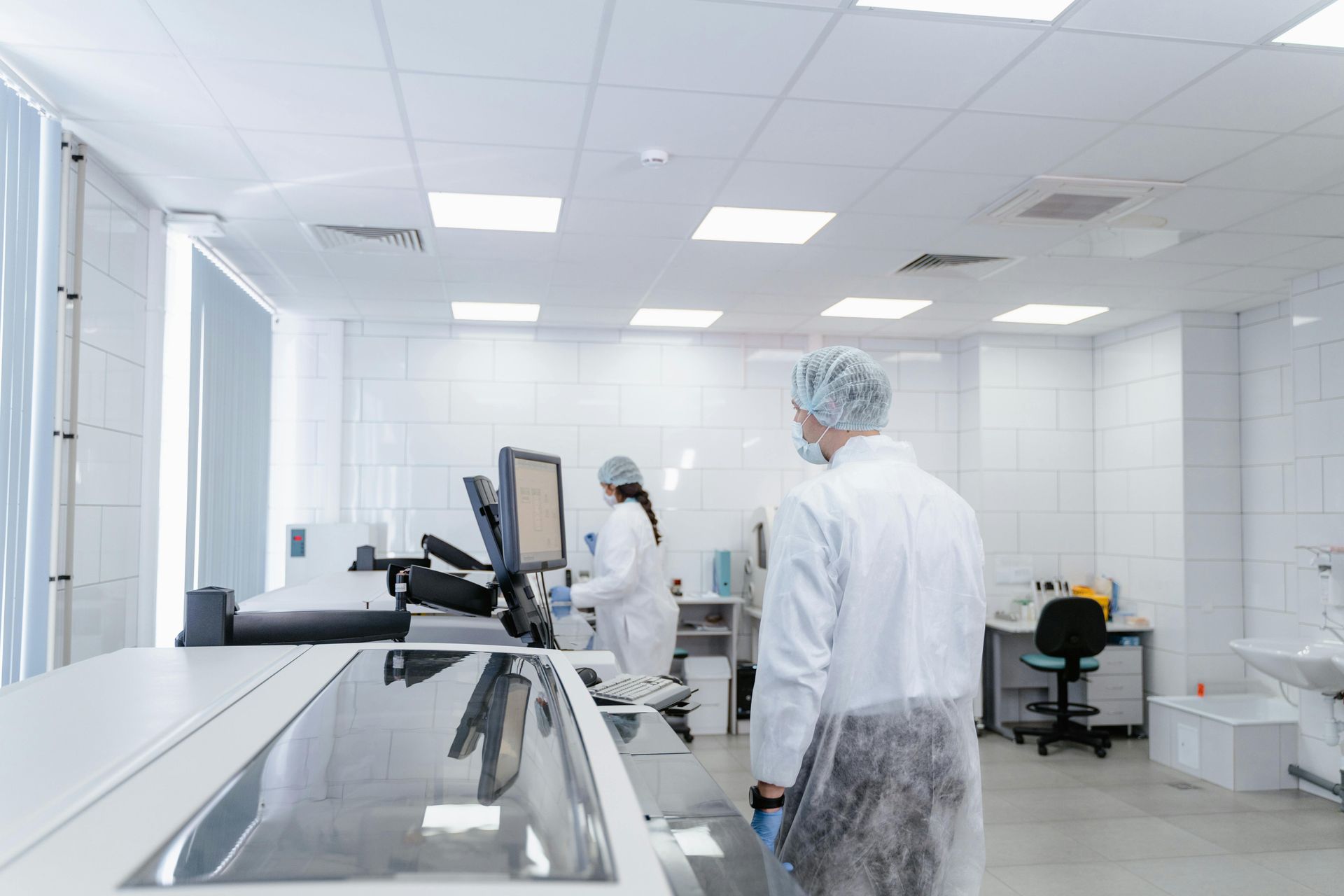8 Horrifying Medical Devices and Procedures That Existed Prior to the FDA
Regulations can be annoying. From testing to documentation, code adherence is part of modern life. The alternatives, however, could send us back into the dark ages.
Here are eight surprising drugs, products, and medical devices that existed prior to FDA regulation.
1) THE SCARIFICATOR — CIRCA 1850
With the popularity of bloodletting as a cure-all, came this peppy little device — a lancet on steroids, if you will. Blades were spring-loaded so that after placing the device against a patient’s skin it could be activated with the touch of a button. When it came to draining humors, pre-FDA folks didn’t mess around.
2) TREPANNING
For anyone who’s ever experienced a migraine, it’s not difficult to imagine how the idea of trepanning — aka drilling a hole through your skull — became a viable option. You will try almost anything to get rid of the pain.
While this method is still technically used today to alleviate intracranial pressure, prior to modern medicine it was used without anesthesia and in non-emergency conditions such as headaches, mental illness, and seizures.
3) MERCURY AND ARSENIC FOR SYPHILIS
Before the discovery of penicillin in the 1940s, the antimicrobial drug arsphenamine, an organoarsenic compound, was used to treat syphilis. This drug was born out of what would be the beginning of pharmaceutical research: it was developed by a laboratory team attempting to improve upon a lead compound.
Some of arsphenamine’s side effects included rashes, liver damage, and death. However, it was an improvement over the previous syphilis treatment: mercury.
4) BLOODLETTING FLEAM
Fleams were an early lancet used on animals and sometimes people. Fleams consisted of a selection of metal blades at 90-degree angles.
5) LOBOTOMY
No medical horrors list would be complete without the lobotomy. It was invented in the early 1940’s and existed as a treatment for two decades. Almost 20,000 were performed in the US alone, with many more done in other countries.
It was thought to alleviate negative mental conditions although, even from its inception, it was known to come at the expense of the patient’s intellect and personality.
6) HEROIN HCL FOR COUGHS
If anything could pass an efficacy study for cough suppression, it’s heroin. It’s excellent at suppressing coughs (and breathing). Thankfully, the FDA requires that drugs have to be proven both safe and effective, which is why you won’t find Heroin HCl listed as an ingredient at your local drugstore anytime soon.
7) RADIUM WATER
The FDA was formed in 1906 when Radithor use was in full swing. Radithor was a patent medicine marketed as “perpetual sunshine” and was said to treat many ills from impotence to low energy.
Unfortunately, Radithor came along at a time when manufacturers were guaranteeing product potency.
Eben Byers, a famous socialite who used a lot of Radithor, died in 1932 after he developed several radiation-induced cancers. At the time of his death, his jaw was falling off. When his body was exhumed for testing in 1965, it was still radioactive.
Byer’s death lead to a strengthening of the FDA's powers.
So there you have it, eight terrible products/procedures that existed before FDA regulation. So the next time you’re stressing over an upcoming inspection, take a moment to stop and appreciate that even though we still lack a particularly effective cough medicine 100 years later, we are at least safe.
CLASSES
Comprehensive Overview of FDA Regulatory Compliance for Drug and Biotech Products
Overview of FDA Regulatory Compliance for Medical Devices
Intro to Medical Device Submission - 510(k)s, PMAs & Exemptions
Blog Categories
Stay Informed


